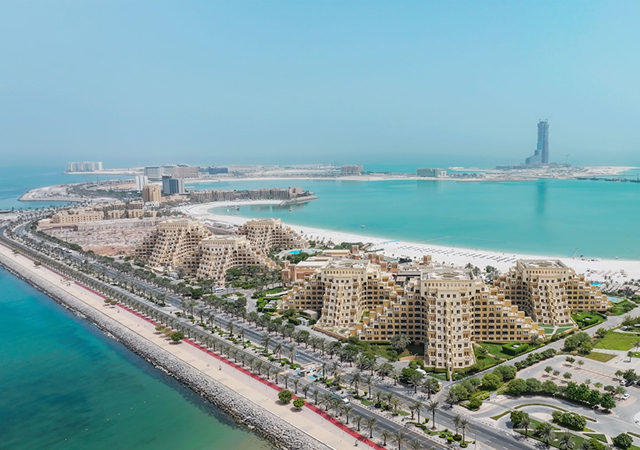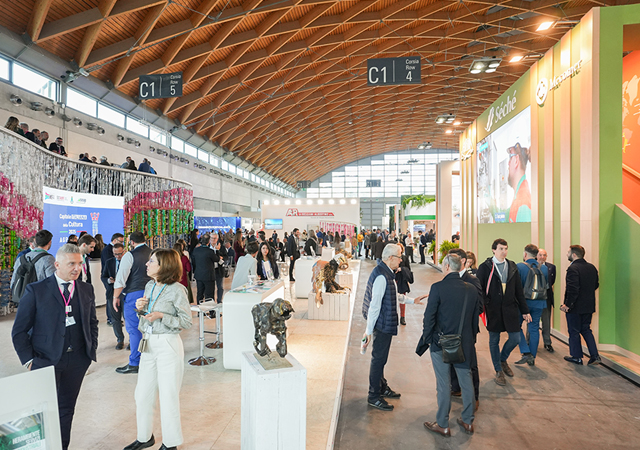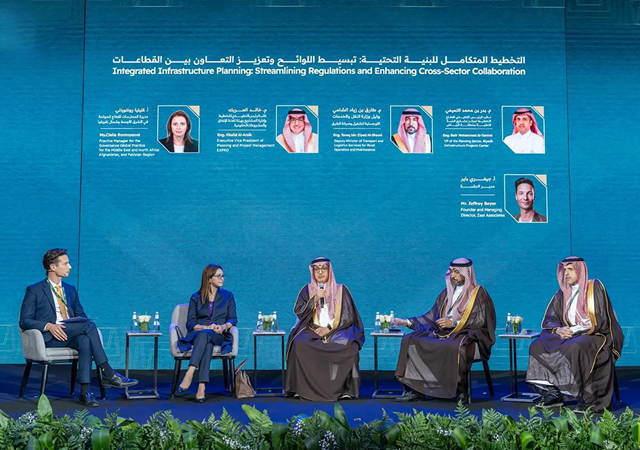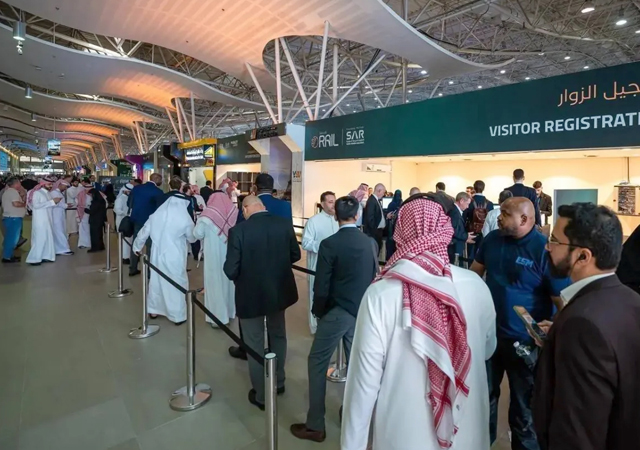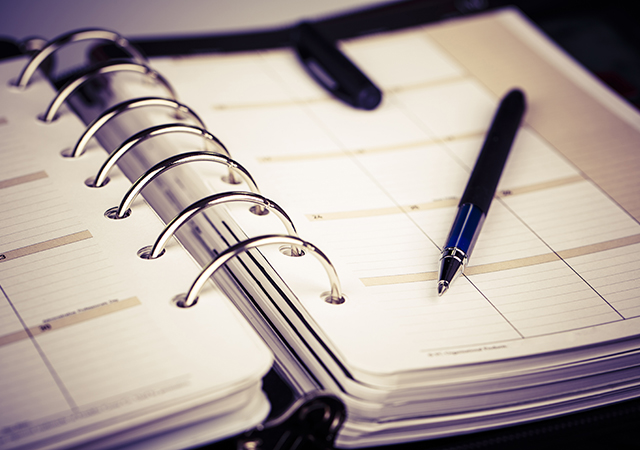
 Burj Khalifa ... ‘vertical city’.
Burj Khalifa ... ‘vertical city’.
DUBAI has opened the world’s tallest skyscraper, and in a surprise move renamed the gleaming glass-and-metal tower Burj Khalifa in a nod to HH Sheikh Khalifa bin Zayed Al Nahyan, the ruler of the UAE and leader of neighbouring Abu Dhabi emirate that came to its rescue twice with funds worth $25 billion during the financial meltdown.
A multimedia presentation, witnessed by Dubai’s ruler HH Sheikh Mohammed bin Rashid Al Maktoum and thousands of onlookers at the base of the tower, said the building was 2,717 ft tall.
The developer of the newly-opened tower Emaar Properties said it cost about $1.5 billion to build the tapering metal-and-glass spire billed as a ‘vertical city’ of luxury apartments and offices.
The tower boasts four swimming pools, a private library and a hotel designed by Giorgio Armani.
The Burj Khalifa vanquished its nearest rival, the Taipei 101 in Taiwan. But the tower’s record-seeking developers didn’t stop there. The building boasts the most storeys and highest occupied floor of any building in the world, and ranks as the world’s tallest structure, beating out a television mast in North Dakota. It also has the world’s highest observation deck on the 124th storey.
The massive skyscraper rises from what was desert just six years ago and houses an Armani hotel, about 1,000 condominiums, small offices and an observatory for the masses.
The Burj Dubai is far easier to reach by car than by foot, and even the roads leading to it are a maze. However, a nearby rail stop on Dubai’s new transit line will open shortly.
The Burj Dubai is a working icon that anchors an emerging city within a city named Downtown Burj Dubai a few miles from the Arabian Gulf.
Emaar Properties kept pushing the design higher even after construction began. Eventually it was completed about 984 ft taller than its nearest competitor.
Burj Dubai contains more than 160 floors, which is over 50 storeys more than Chicago’s Willis Tower (formerly Sears Tower), the tallest building in the US.
The building is also the centrepiece of a 500-acre development that officials hope will become a new central residential and commercial district in this sprawling and often disconnected city.
It is flanked by dozens of smaller brand-new skyscrapers and the Middle East’s largest shopping mall.



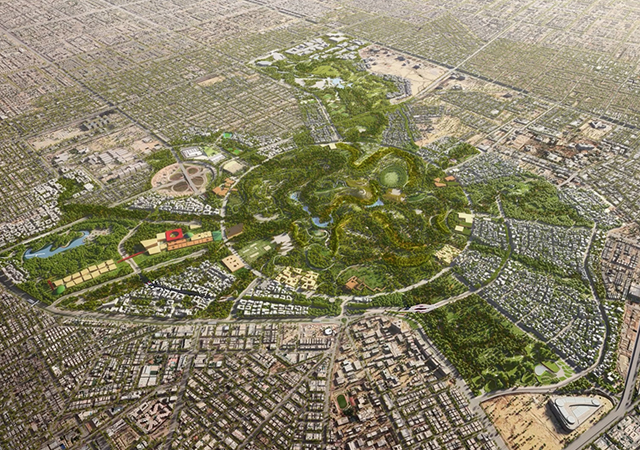
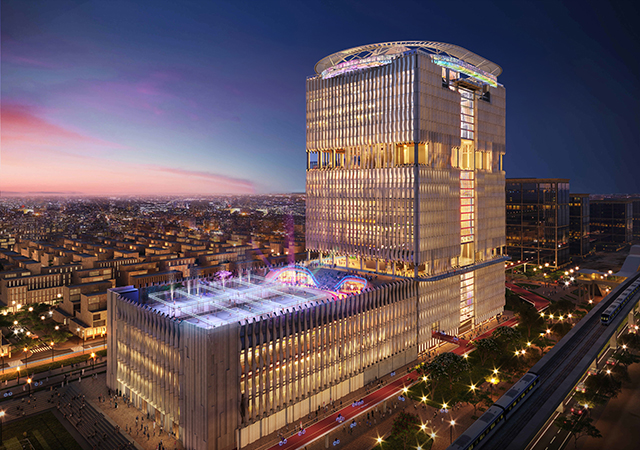
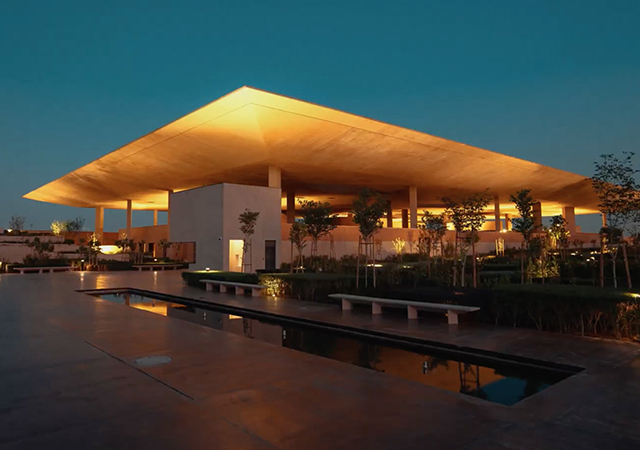
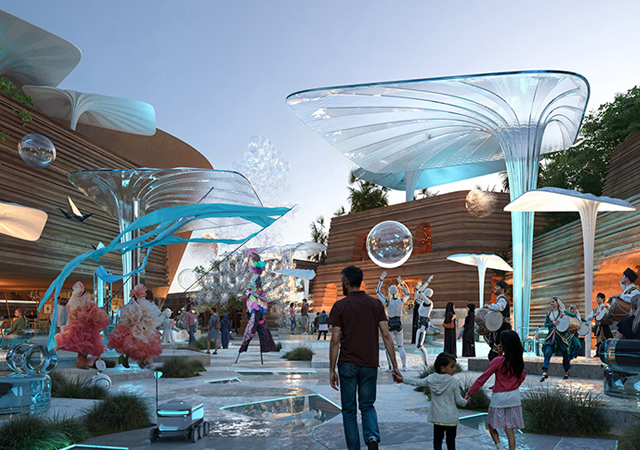
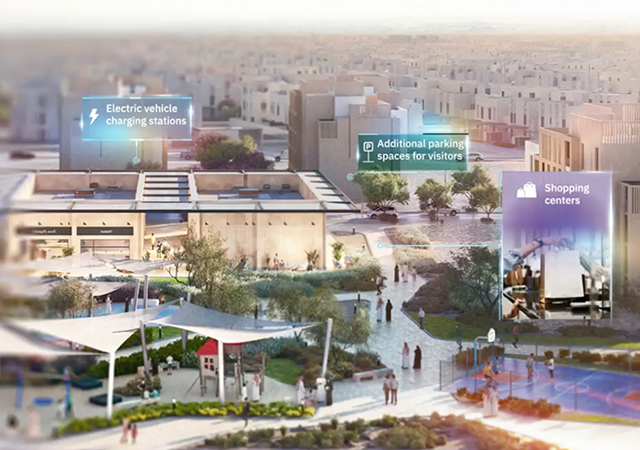
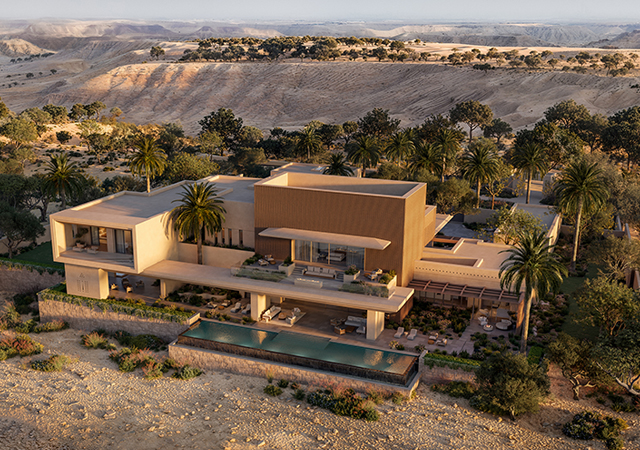
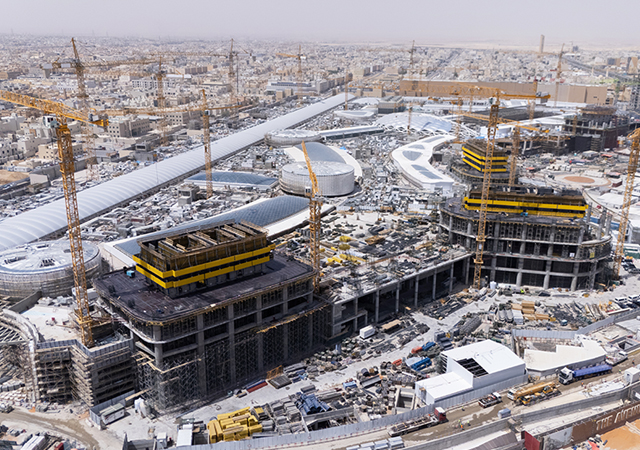
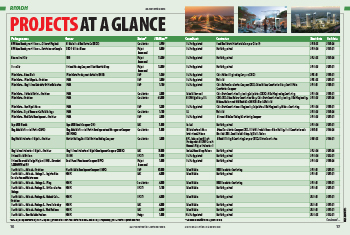
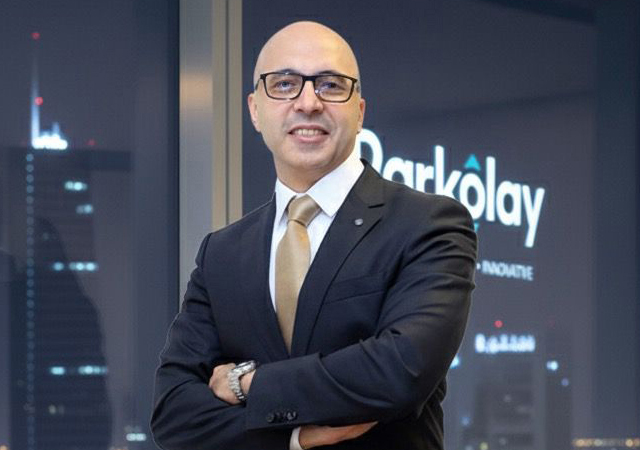
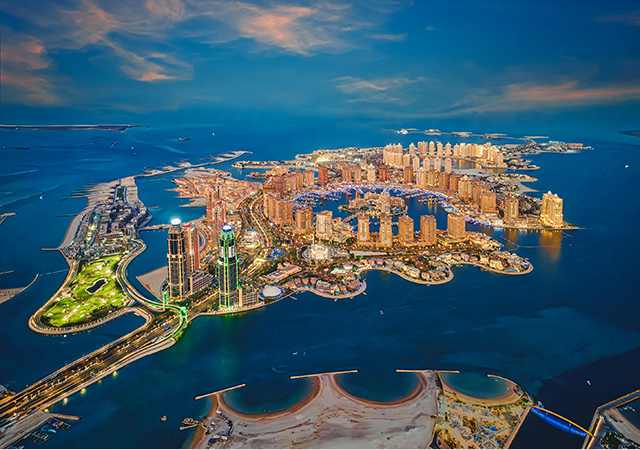
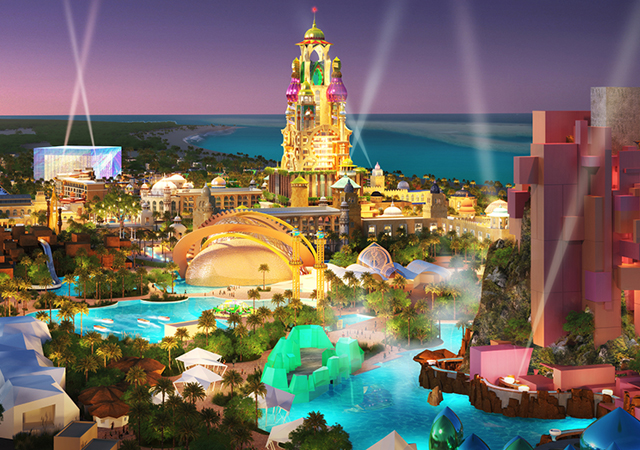
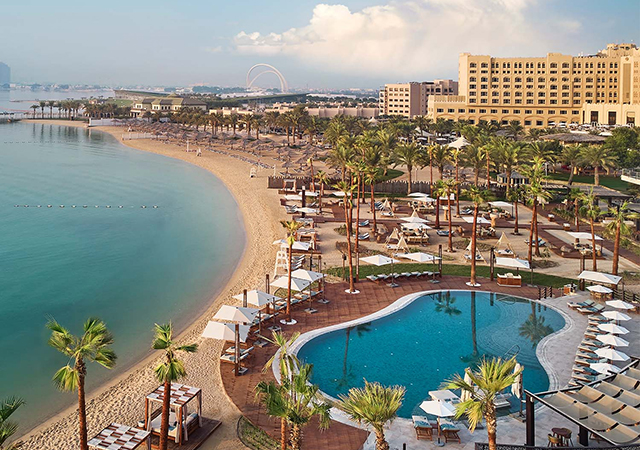
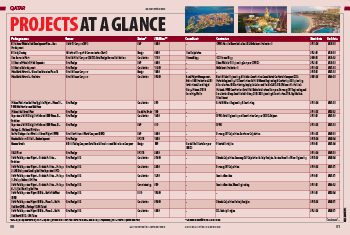
.jpg)
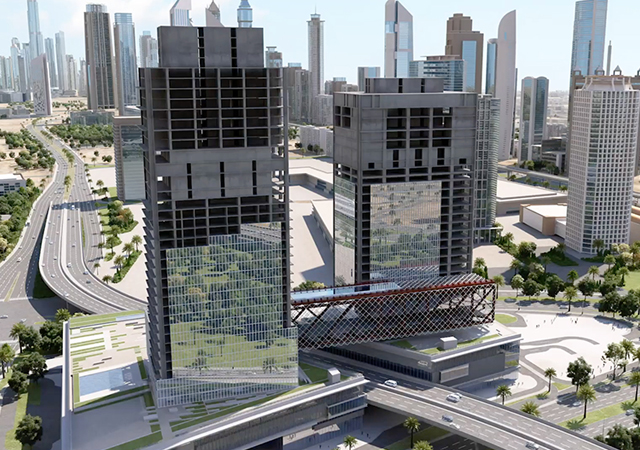
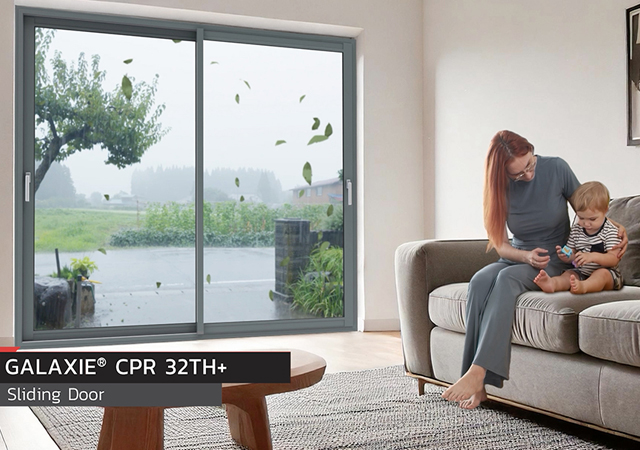
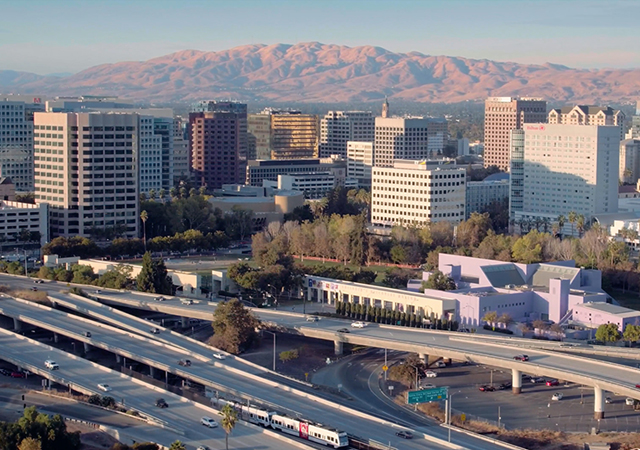
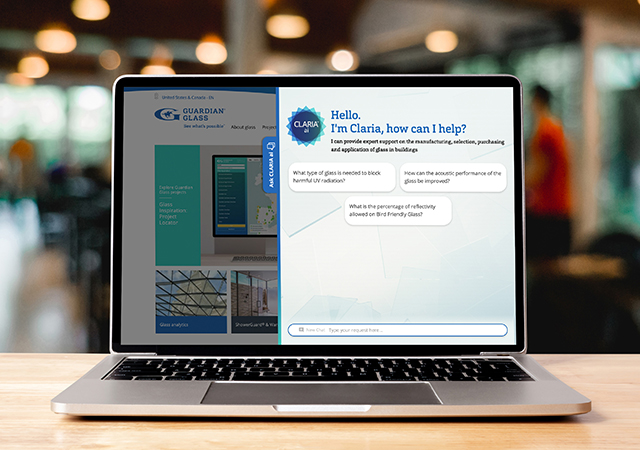

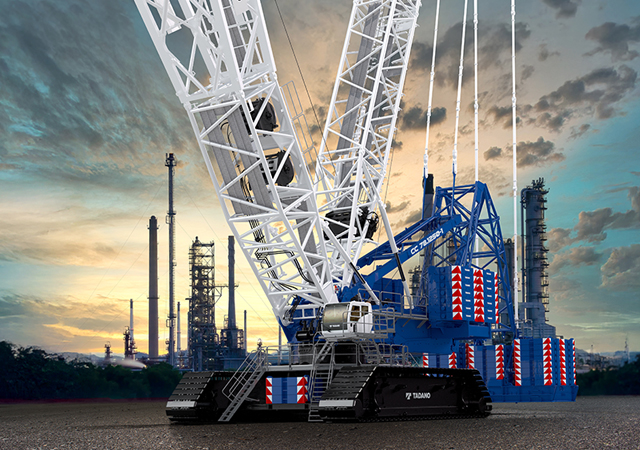
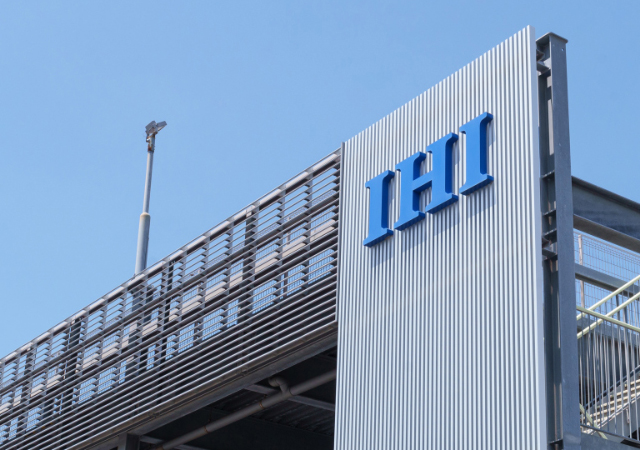
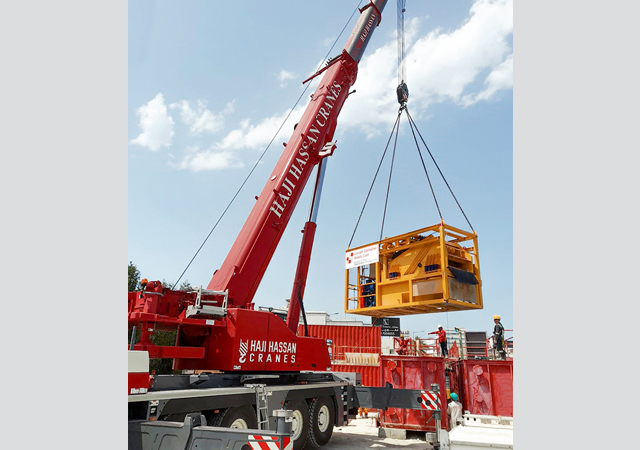
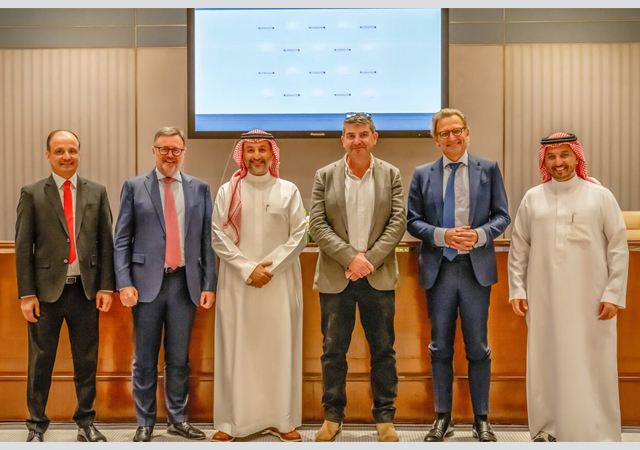
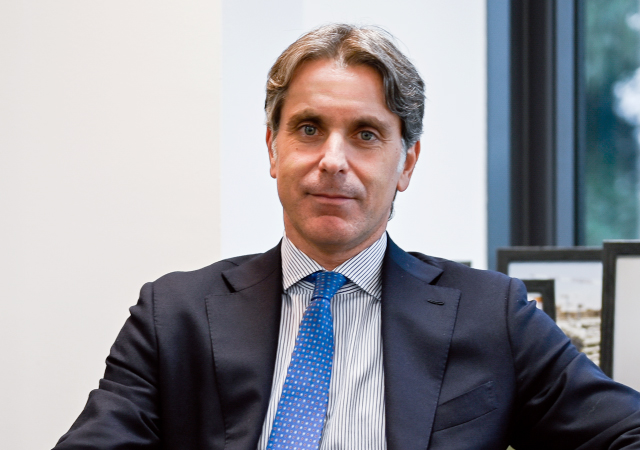
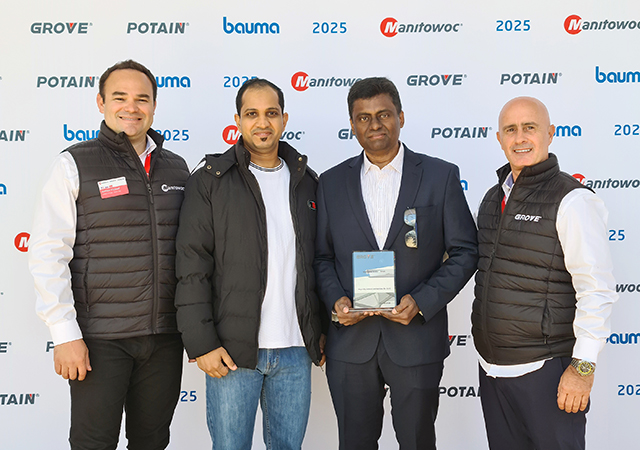
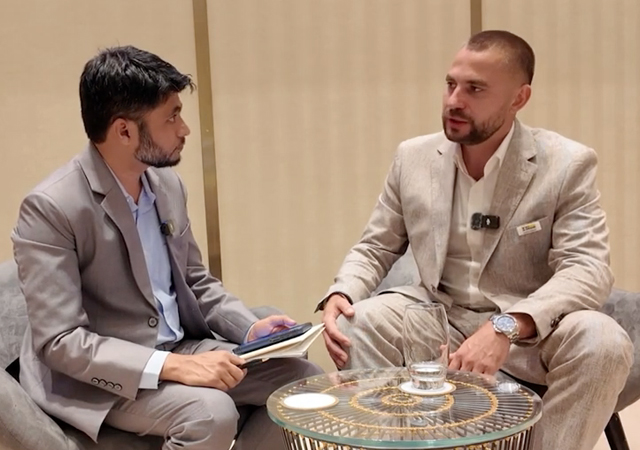
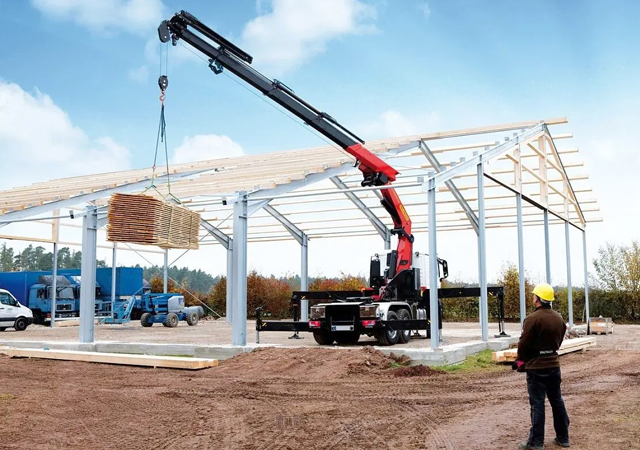
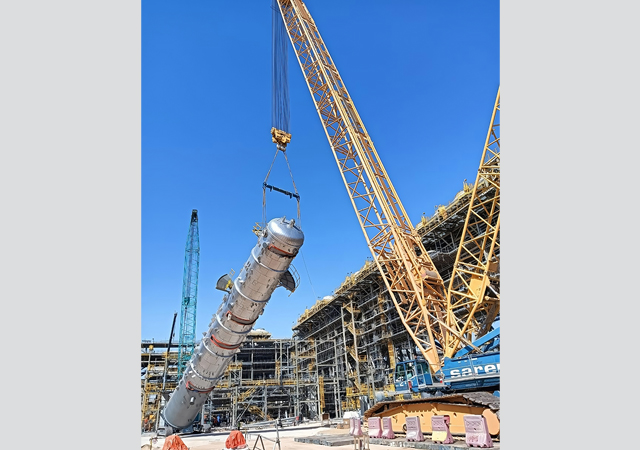
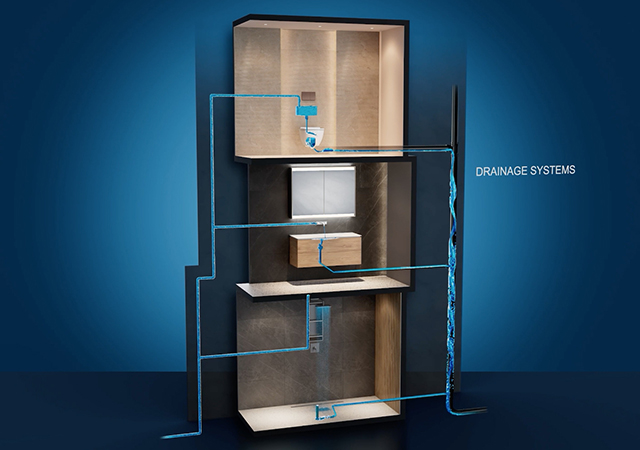
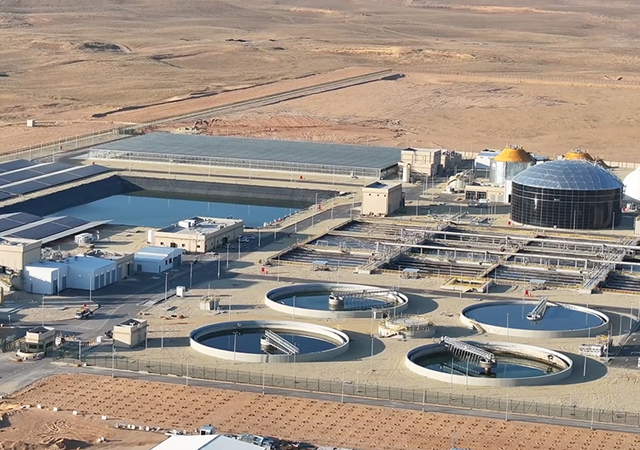
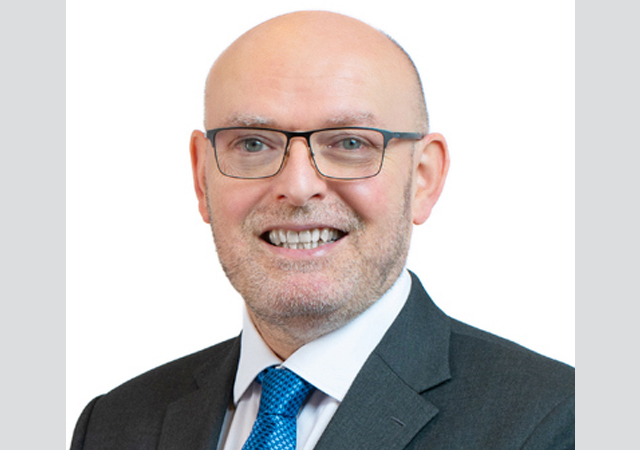
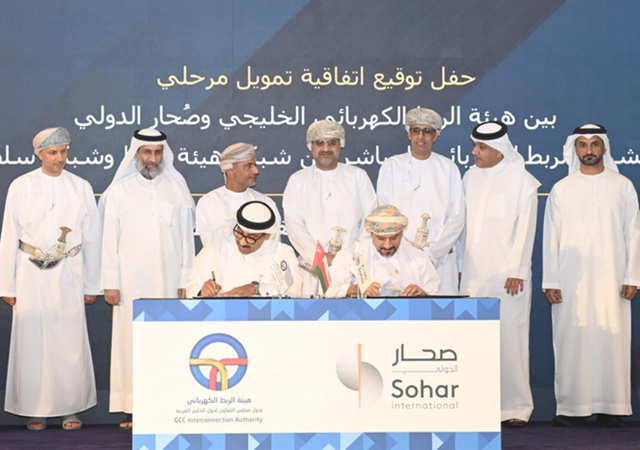
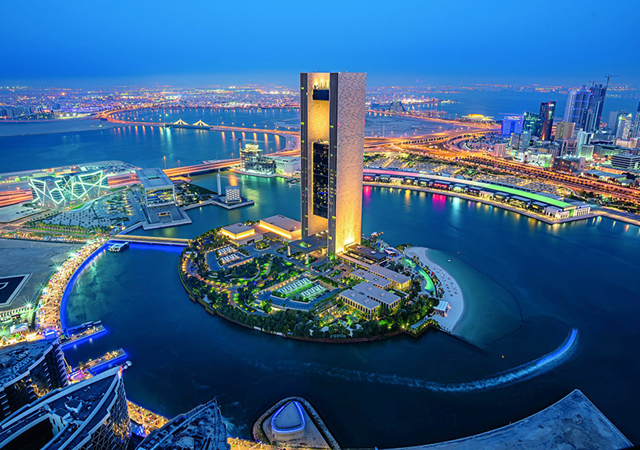
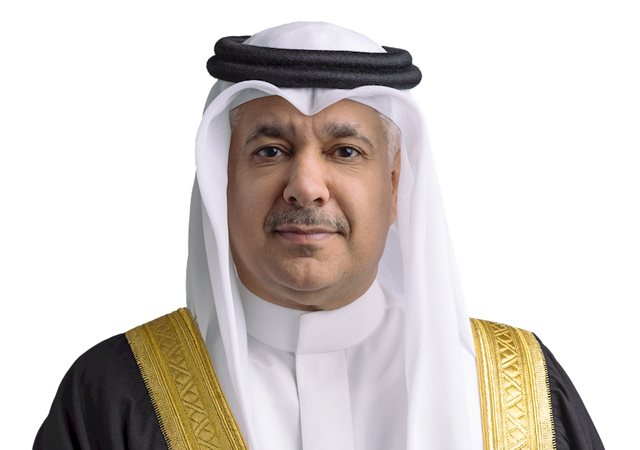
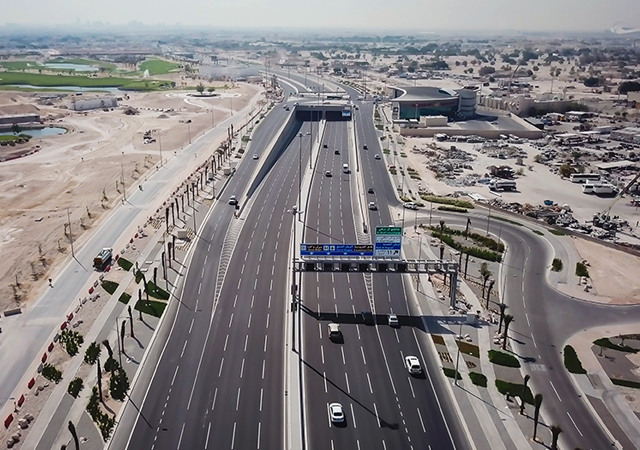
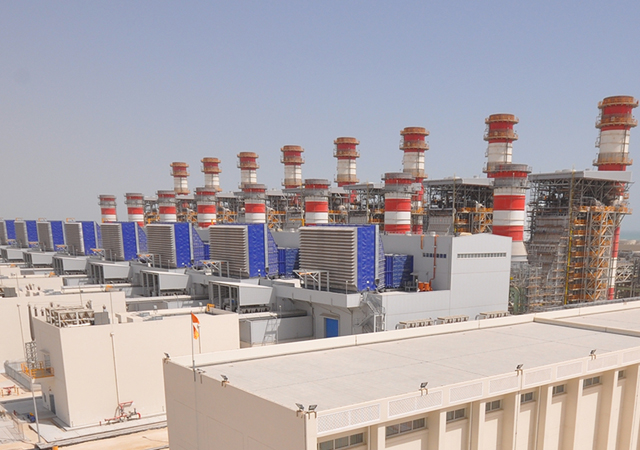
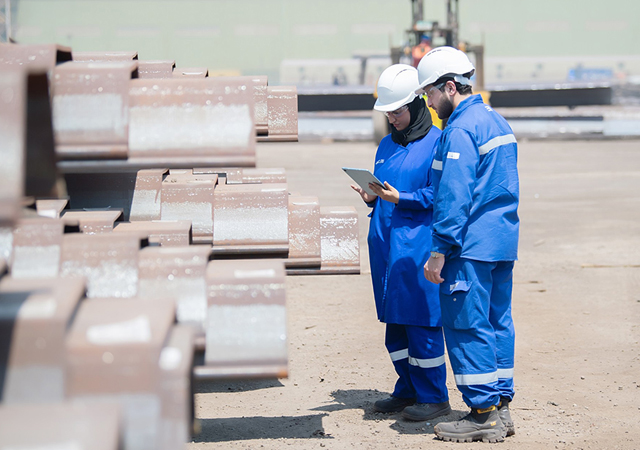
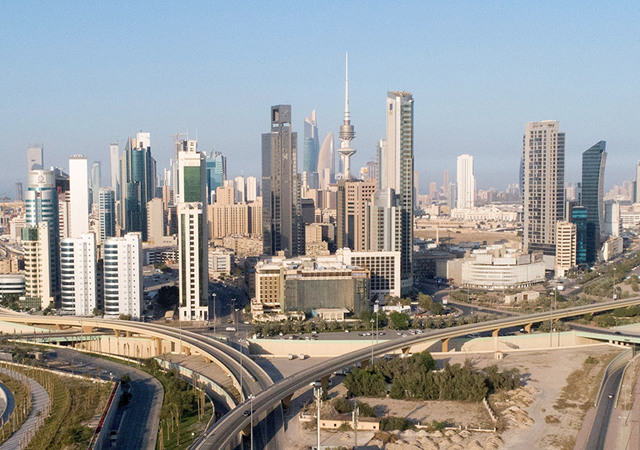
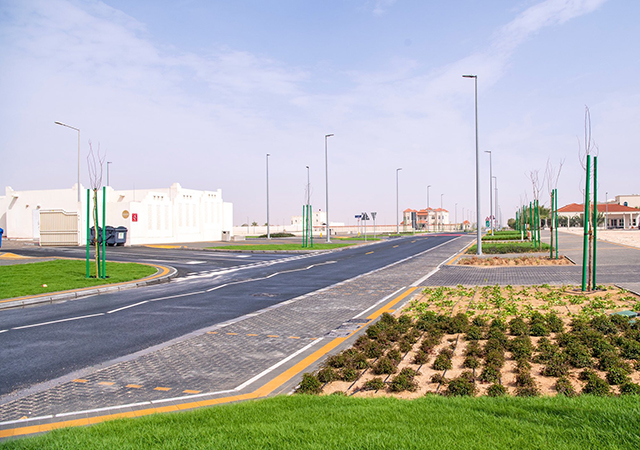
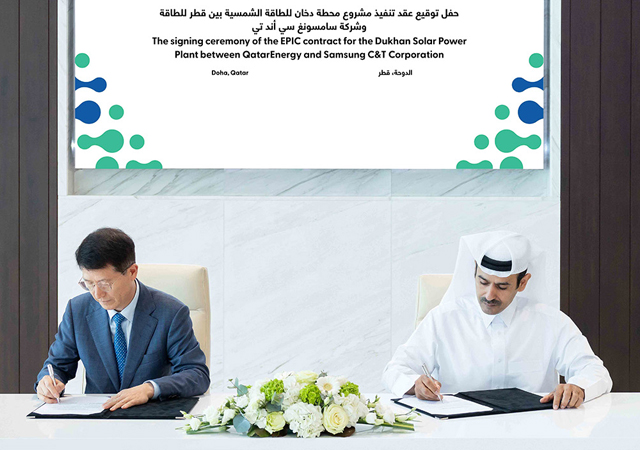
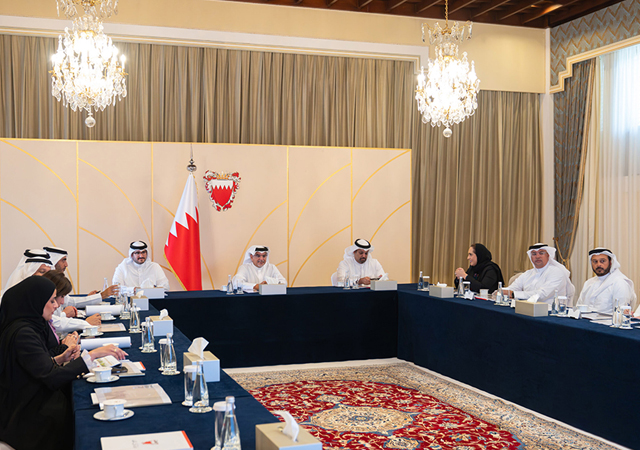
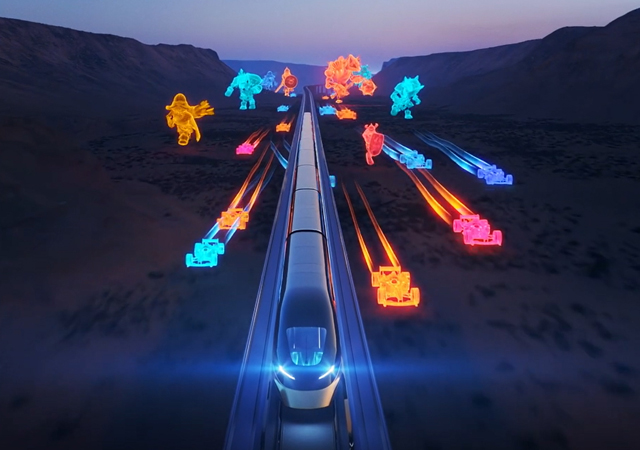
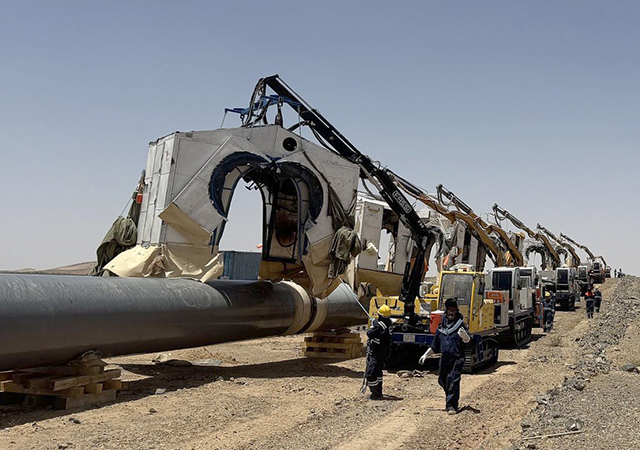
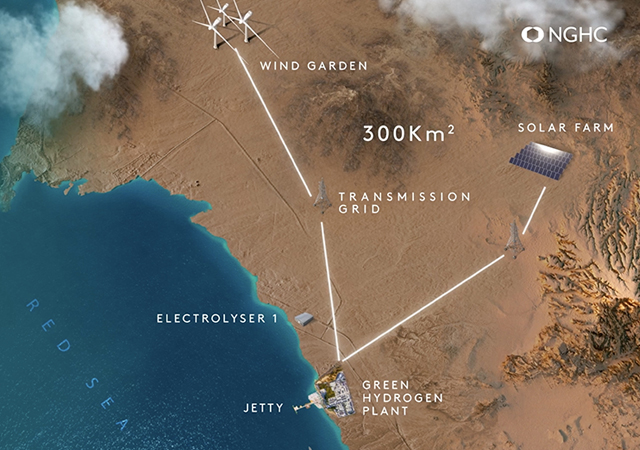
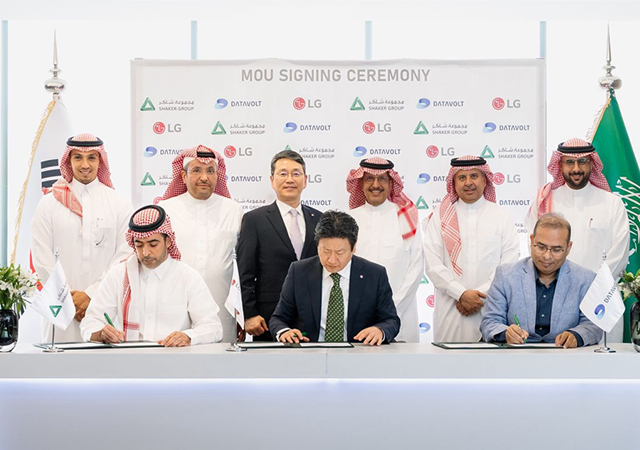
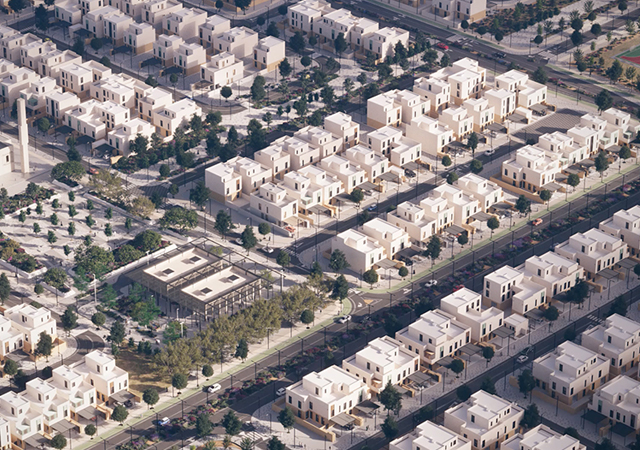
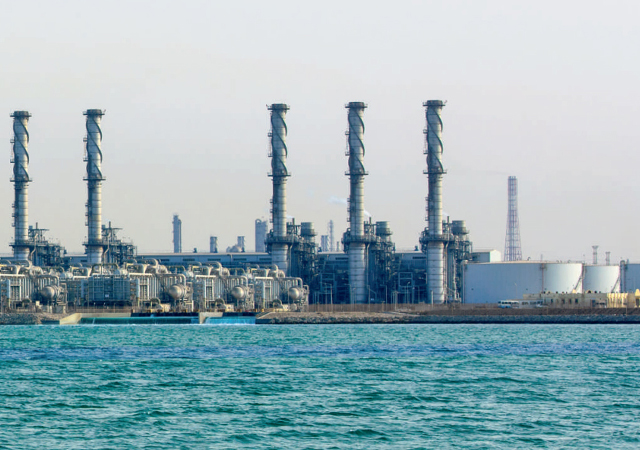
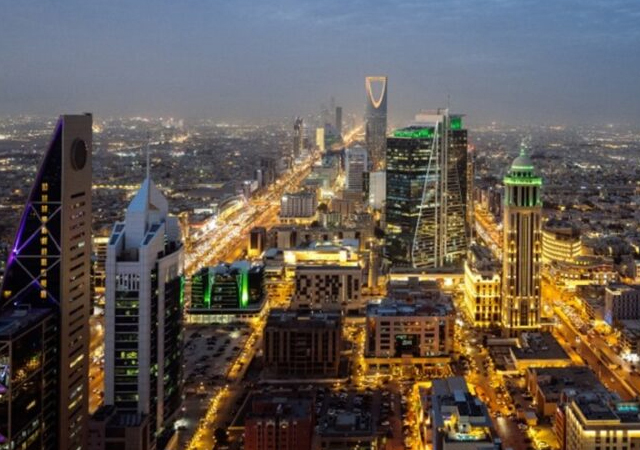
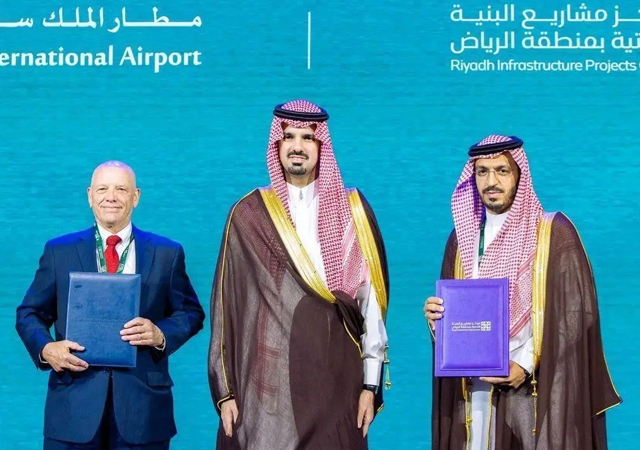
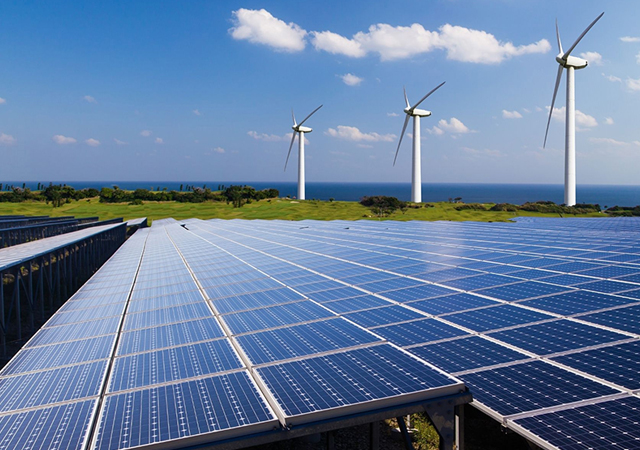
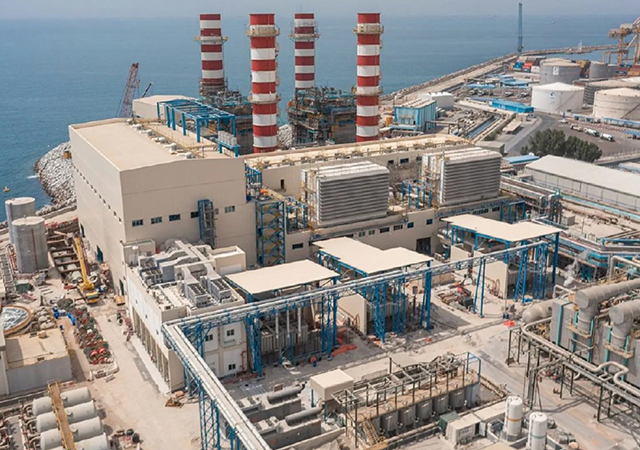
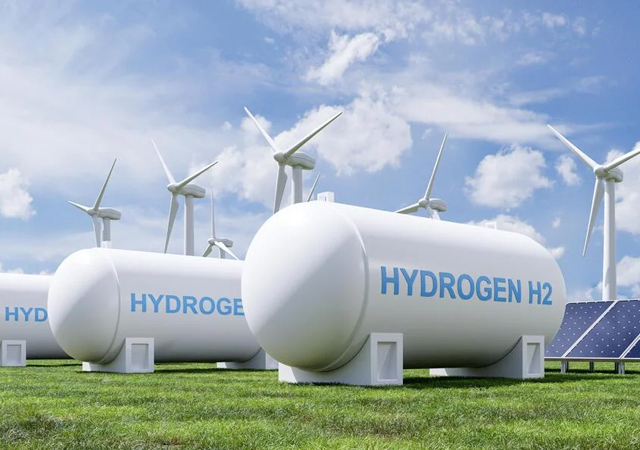
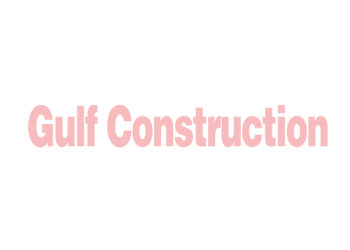
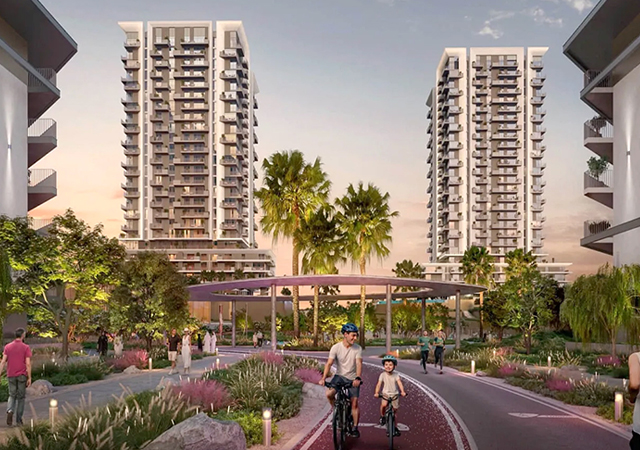
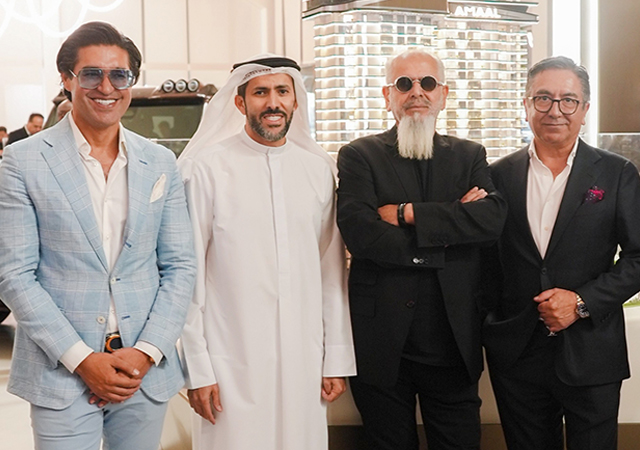
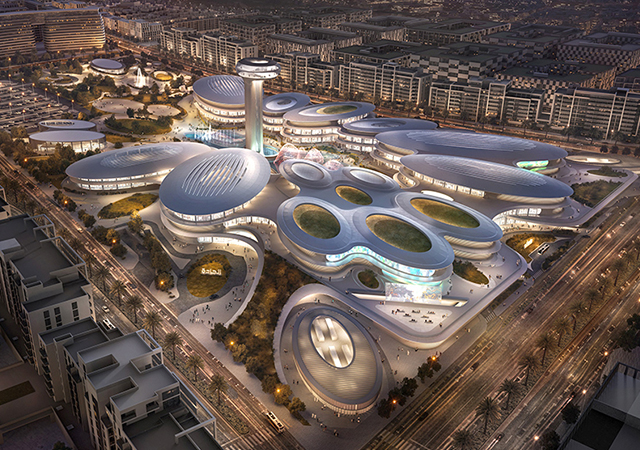
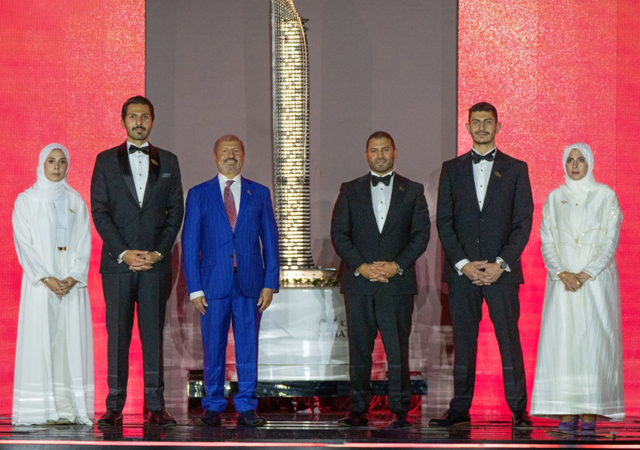
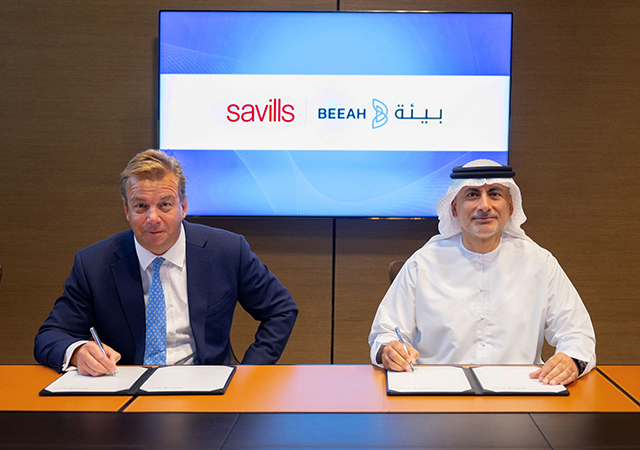
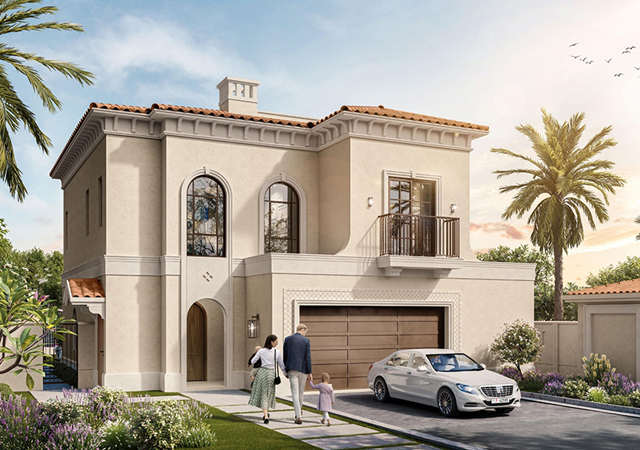
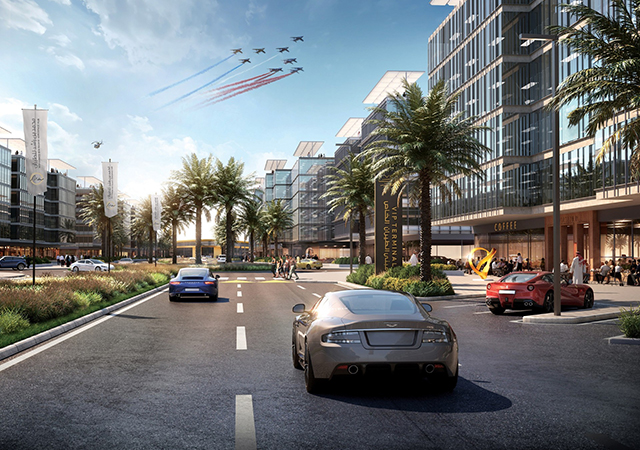
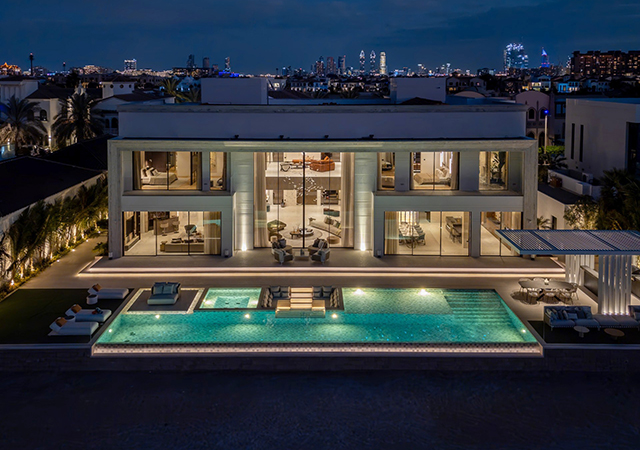
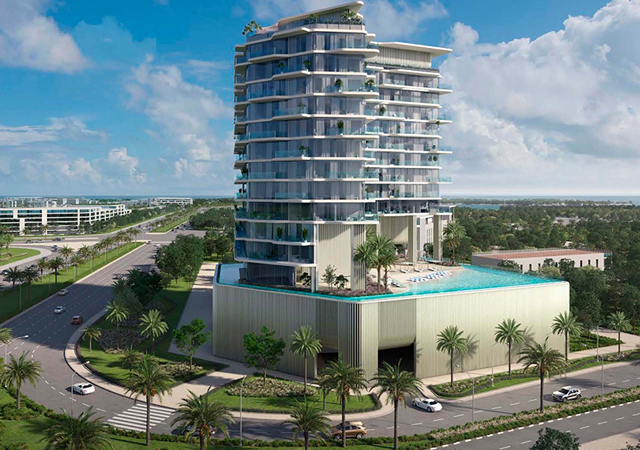
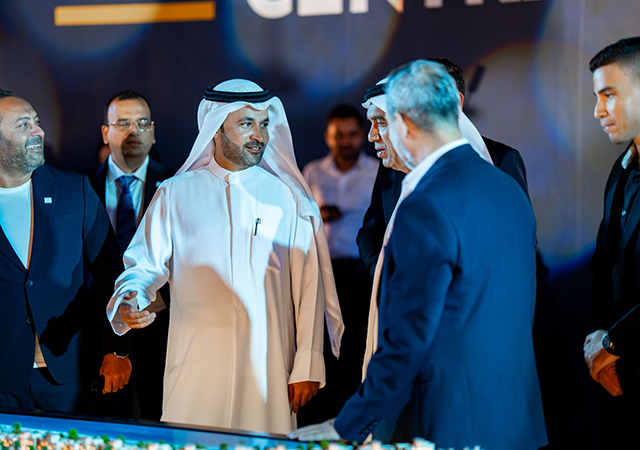
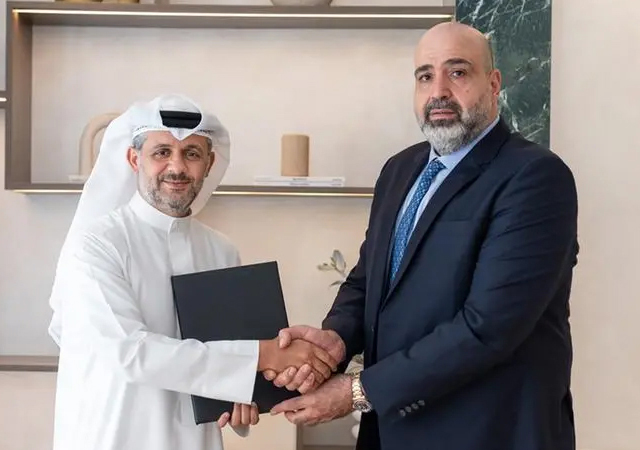
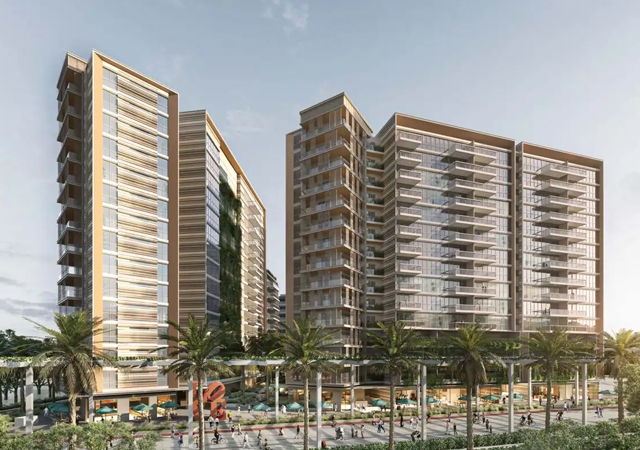
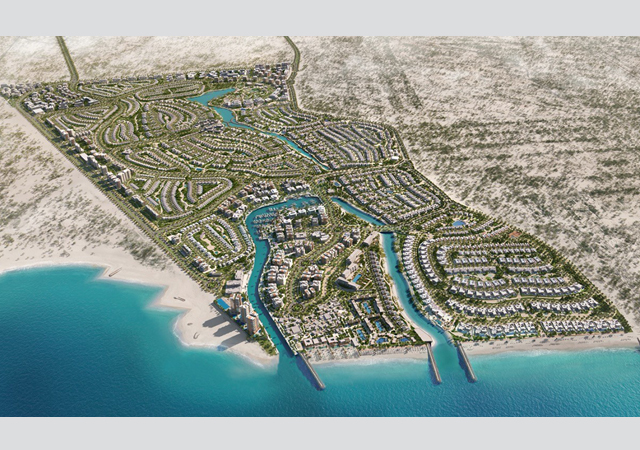
.jpg)
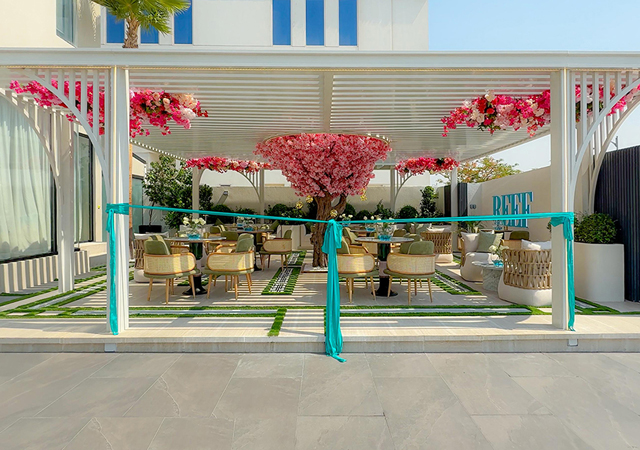
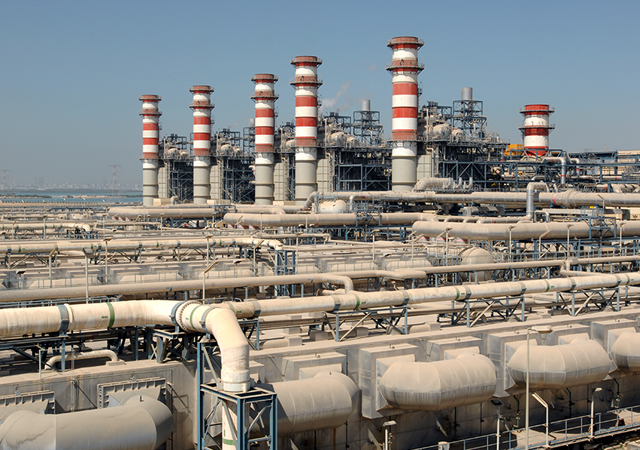
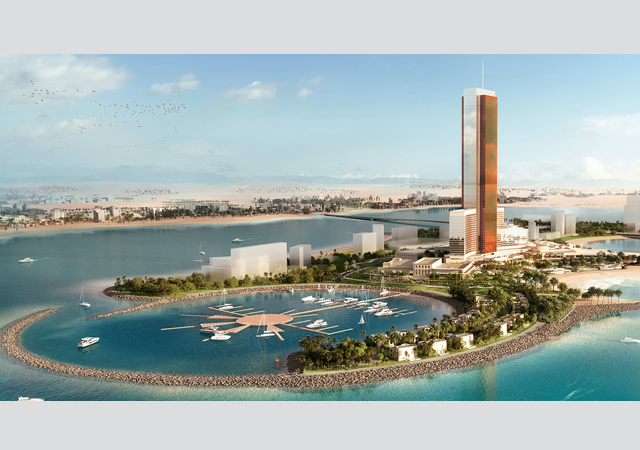
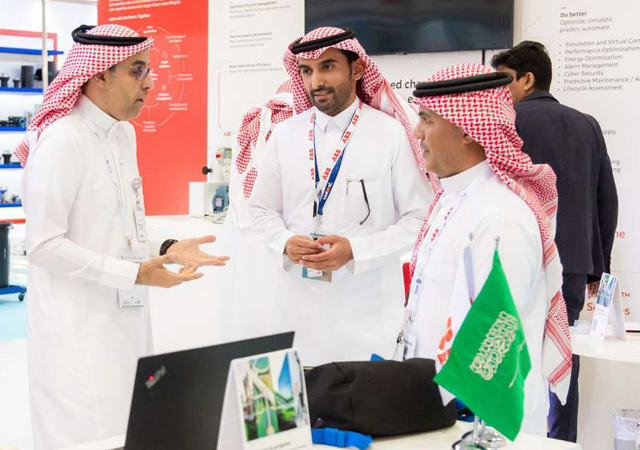
.jpg)
